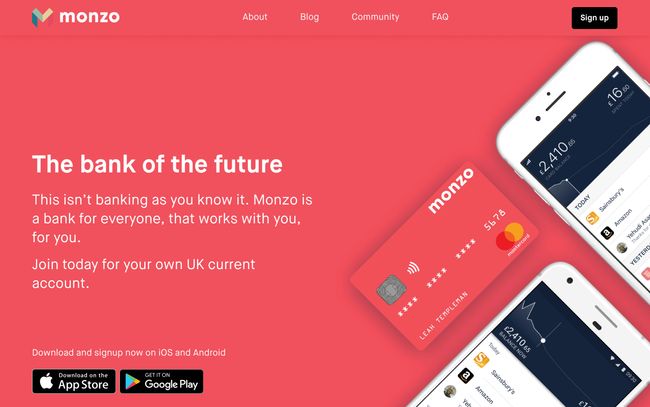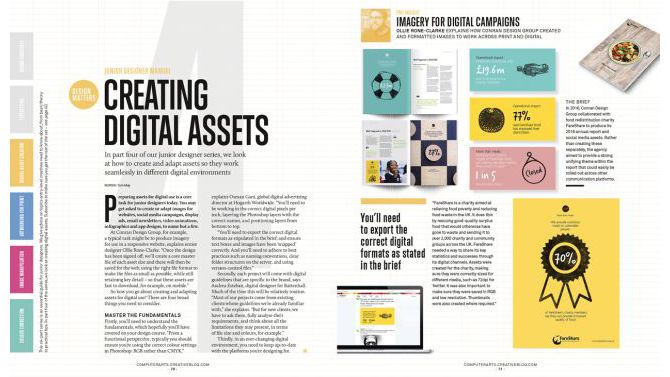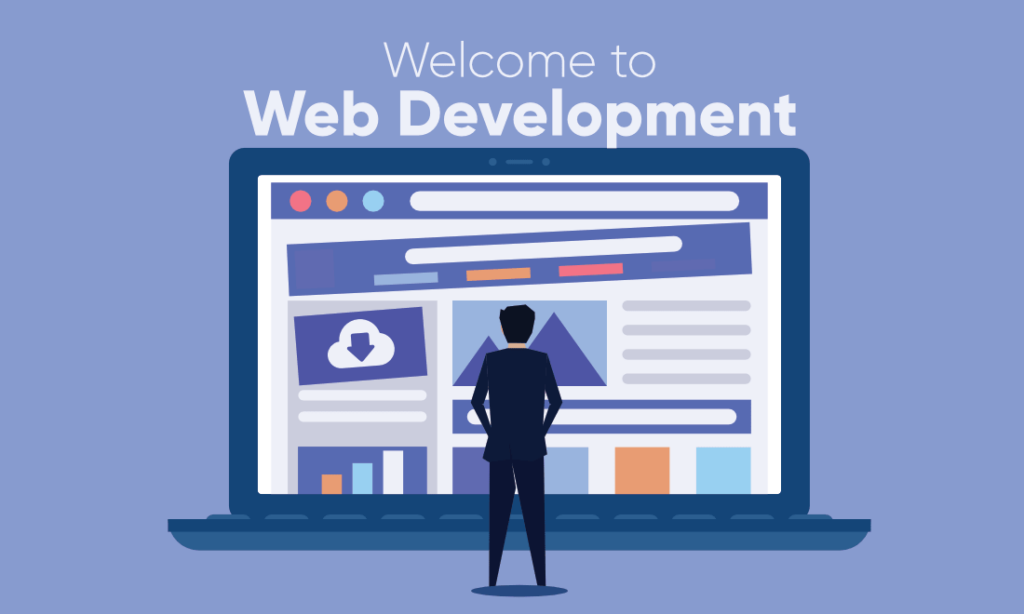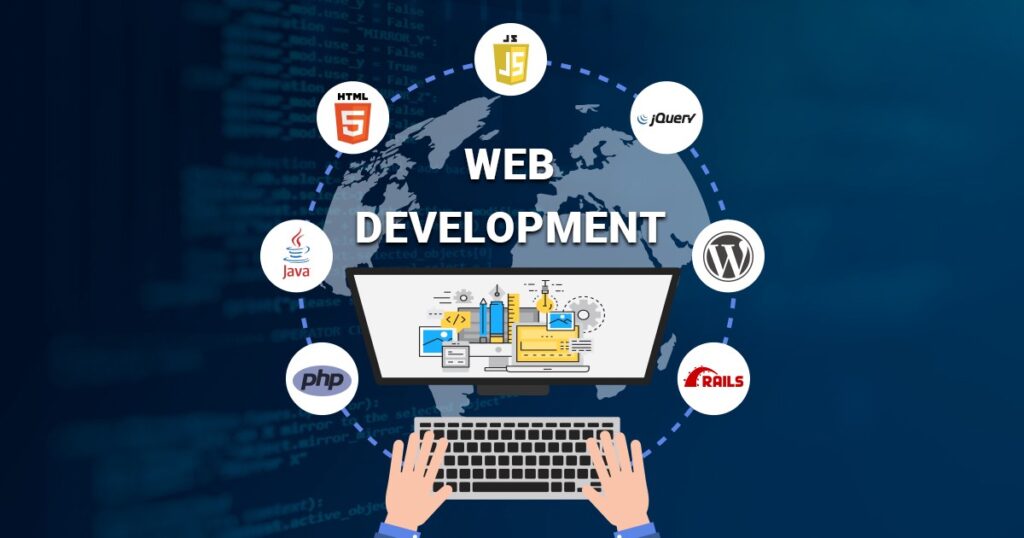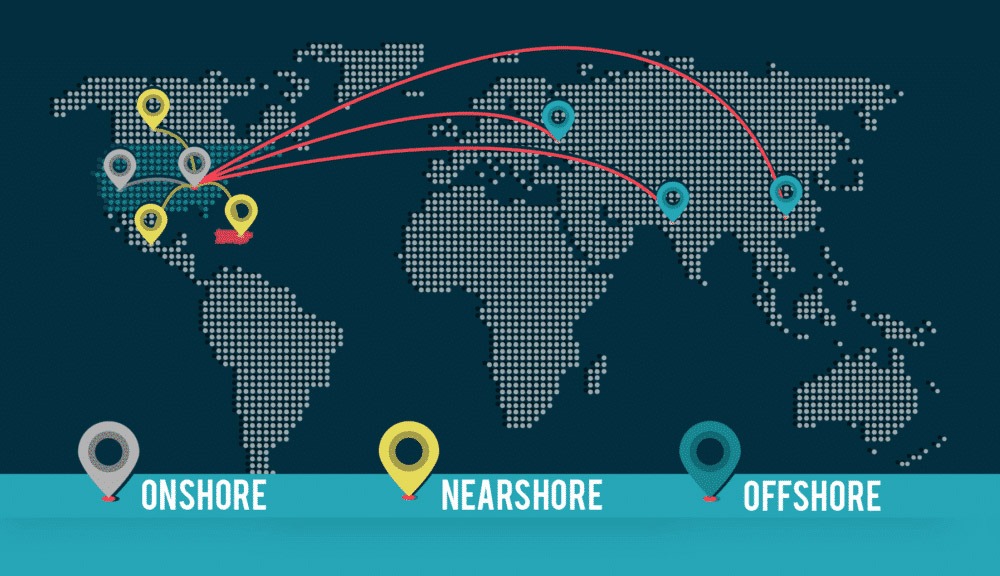People don’t think it’s as big of a deal to build a website as they did a few years ago. Anyone can make a website because there are so many automatic website builders and platforms. Due to having so many options available, the web development cost depends on a lot of different things.
There’s a lot going on behind the scenes of a website, all of which adds to its value. On the other hand, a professional web development company such as Designveloper can give you an estimate based on things like a thorough review of your site’s needs, functionality, and goals.
Drawing from our own experience and expertise, we’ve dedicated this article to you in an attempt to give you a more thorough understanding of the subject at hand.
What Web Development Is?

Before we can figure out how much a website will cost, we need to know what web development is.
Web development is the process of making websites and web-based applications that can be used on the internet. Some of the things that need to be done are: finding out exactly what the customer wants; making an interface that is easy to use; and adding features that help the customer, whether they are ordering products or making appointments.
In addition to designing sites, web development may also involve managing databases. Among the many tools and methods for building websites that are talked about are the use of text editors for hand-coding websites, Dreamweaver for making web pages, and blogging services for updating blogs.
If you need more information, Designveloper has broken down the process of web development in detail in a previous post.
How Much Does a Website Usually Cost to Build?

The issue of estimating the web development cost is not easily solved. First and foremost, there are two things you must pay close attention to the size of the website in question and the location of the web development service or agency.
1. The size of the website
Most small and medium-sized businesses spend between $2,500 and $12,000 per month on website marketing. Some large companies spend more than $20,000 per month.
In this price range, you can get digital marketing services like search engine optimization and pay-per-click marketing. Digital marketing strategies might be scaled back so that companies can save money in the long run. There are many ways to cut the web development cost, like putting more focus on SEO instead of both SEO and PPC.
Using digital marketing is one way to increase sales and revenue metrics. But this depends on how your website is set up. Using SEO and PPC, for example, you can get more people to visit your website by making it easy to use.
In general, the size of the website can be divided into three categories, which you can follow as a base guide to make clear the web development cost:
- A landing page/simple website—a one-page website that can be up and running in as little as two weeks
- A medium-sized website with 30 pages takes about one and a half months to build
- For a large website with 40 pages or more, you can build it along with a custom design, and a payment system in three and a half months
There are a lot of other things that affect the cost of web development, but you can get a good idea of the price once you know the number of pages to be made, how long it will take to make them, and how much web developers and web designers charge per hour.

2. The location of the web development agency
The web development agency can be judged by both how big it is as a whole and how much it charges its clients. All of those are closely related to the location of the agency, of which there are 4 main locations:
- The USA
- Europe
- Asia
- Australia
In this day and age, understanding the different web development rates for different regions will go a long way in helping you conduct a cost-effective web development campaign.
Even though pay varies a lot from one place to another, North American web development prices are among the highest. Depending on your budget, the average cost of web design and development in that area is anywhere from $2,000 and up. Web development companies in Australia are paid an hourly rate similar to their American counterparts.
Europe has the most diverse prices for building websites compared to the number of people living there. In western regions, prices for web design are very high, but in the eastern regions, prices are several times lower. It will help to look at the case of a landing page. This kind of website usually starts at $1,000 to build, which is less than half of what it would cost in the United States. Each page can cost up to $6,500.
Asia is a popular place for web development outsourcing because of how cheap it is to live there. The World Bank says that prices in Asia are twice as low as those in Europe and four times as low as those in the United States. But don’t try to save money too much at the expense of quality; regardless, you should still look for quality services first.
Recommended reading: Web Development – A Simple Guide For Businesses
Factors That Affect the Web Development Cost
During the different stages of making a website, there are many things that can change expenses, for example how software costs are calculated. So that things are easier for our readers, we have made a list of the most prominent factors:
- Technology stack
- Security
- Types and purpose
- Design
- Construction
- Maintenance
1. Technology stack
The choice of technology directly influences the web development cost. Development rates differ depending on the programming language and the developers’ seniority level. When estimating a project, the development company will guide you through the required web development languages and inform you adequately.
2. Security
All websites, not just eCommerce sites, must use HTTPS sites. SSL (Secure Sockets Layer) certificates add an extra layer of security to your website to protect important information that is sent through it. The web development cost should include the price of an SSL certificate. There are many different prices for professional installation, but you might be able to get one for as little as $10 a year.
Recommended reading: 10 Common Web Security Issues You Might Face In 2022
3. Types and purpose
One of the first things to do is to identify your purpose for the website. A clear goal will help build a good website design, which in turn will facilitate in fulfilling your primary mission: to attract a maximum number of potential customers. Having a clear purpose will also help you cut down on the web development cost.
The type of website you are creating dictates the types of features and functionalities. Determining this in the site architecture can help you serve your visitors’ needs better. For instance, eCommerce websites need shopping pages, digital shopping carts, and extra protection for their customers.
There are four broad categories you might pay for:
1. Informational, Small Business, or Blog:
Most of the time, these websites are the smallest around. They are aimed at small groups of people who are interested in their products or services. The websites could be anywhere from three to sixteen pages long. If you want a contractor or advertising agency to build a big part of your website according to industry standards, it could cost you several thousand dollars.
2. eCommerce:
The main purpose of this type of website is to deal with payments for goods or services provided over the internet. It can help a compound platform or a store that sells to a large number of customers, as well as suppliers who want to sell their goods online. Depending on the size and complexity of the project, the price could be anywhere from a few thousand dollars to fifty thousand dollars. A big chunk of these costs comes from the development requirements of an eCommerce business.
Recommended reading: How to Save Big on eCommerce App Development Cost?
3. Corporate:
Clients can discern companies’ values via their websites. As part of a company’s marketing strategy, they help describe the company’s goals and show off what they can do. These can cost anywhere from $10,000 to $40,000, depending on how hard the job is.
4. Community building website:
These websites include forums and social and sharing websites, which usually have their own themes. Facebook, LinkedIn, and Instagram are examples of thematic platforms, as are other social media platforms like Twitter.
4. Design
The next thing to factor in the web development cost is the design. In this phase, you’ll pick out the elements that make up your actual website interiors. There are plenty of aspects that can affect the end cost, but the options that influence the website design pricing are as follows:
1. Application of pre-made design templates:
Design themes and templates make it possible for users to build websites on a tight budget. To change the design, all you have to do is change the source code. Almost always, you’ll need to hire a skilled designer to get the most out of a pre-built theme from WordPress or another service.
2. Development of a custom website design:
With this option, you would have to start from scratch and build a whole new website. As a rule, designers make wireframes (UX) and mockups (UI) of a design for future use. In general, the UI/UX phase can take between one and two weeks and cost between $750 and $4,000, or even more. The amount of time needed will depend on what the project needs and how complicated it is.
3. Inclusion of illustrations, animations, and branding:
When designing a website, adding dynamic objects or images can increase the website’s development costs by a lot. Your price list might also include how much it costs to make a logo and other elements of your brand.
5. Construction
After designing every part of your website, the next step is building it. During this phase, the web development cost is relevant to both the front and back ends of your website, as well as to designing good user interfaces.
There are three main parts to consider when it comes to constructing a website:
1. UI construction:
To get people to visit your site and stay around, you need to make it easy for them to use. Additionally, you should also come up with an overall theme in order to better capture their attention. When designing the user interface, you need to know a lot about your target audience and do a thorough analysis of your competitors to make sure you don’t make something that looks like a copy of another site. Instead, you want to use and improve on the things that your opponent is good at, which is an essential part of UI (the user interface) construction.
A user interface developer or agency can charge anywhere from $500 to several thousand dollars, depending on the size and scope of your project.
2. Front-end development:
When someone visits a website, the front-end consists of everything that they can see and interact with. This includes pictures and other media, the style of the cursor, registration buttons, login fields, and processes.
In this section, front-end developers will do this role and look for the future of the front-end to make the best product with the front-end development tools. If you want to become a front-end developer you can try these 6 Front end Development Courses with Certificates.
Back to the cost of web development. You’ll want to make something that works well and is easy to use, as well as something that looks good. If you don’t have the skills or time to build this yourself, it could cost you several thousand dollars.
3. Back-end development:
Back-end development is the process of making all of the software and other programs that your website needs to run well. If you may want to know more about back-end developers you can read this article: Back-end developers: Who are they? What do they do?
If you want a user’s login to go smoothly, you need a solid back-end website architecture in place. You must also add third-party services and data processing technologies to your site. So, it is one of the most complex and expensive parts of the building, costing between $3,000 and $15,000 or even more.
Other factors in this category that affect the web development cost are the features or agencies you’re employing for the construction.
6. Maintenance
Building a website and filling it with good content is only the first step in the battle. You also have to manage your website over time, which means keeping it running and making sure your visitors are happy while avoiding as much downtime as you can.
Website maintenance may include updating your content management system (CMS) and fixing problems with your site. Depending on your needs, you or your team should expect to spend anywhere from a few hundred dollars to $1,500 each year on website maintenance. If a hacker gets access to important user information and does a lot of damage to your website, the costs could be much higher.
Conclusion
Websites are the front door to a business. Your main goal should be to make a website that stands out. Work with a professional web development company such as Designveloper if you want to make a website that is interesting and brings in more money for your business.
It will take you a lot of time and money to figure out the web development. The goal of this article is to provide you with enough information for the first crack at web development.
The post Web Development Cost in 2022 – A Detailed Guide appeared first on Designveloper.
May 10, 2022 at 11:45AM


